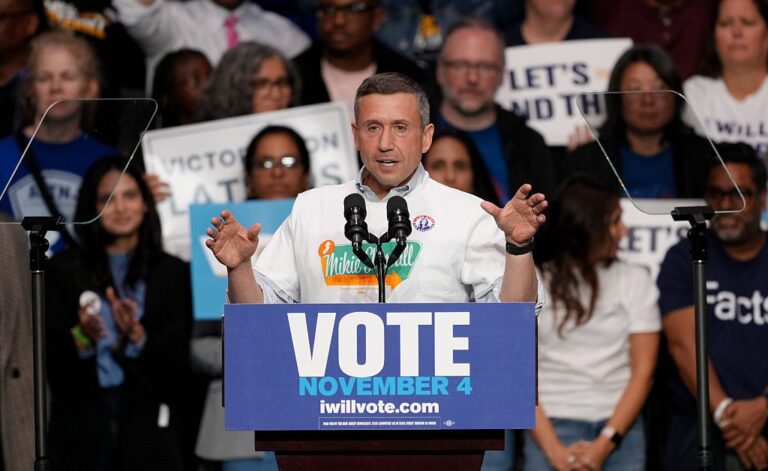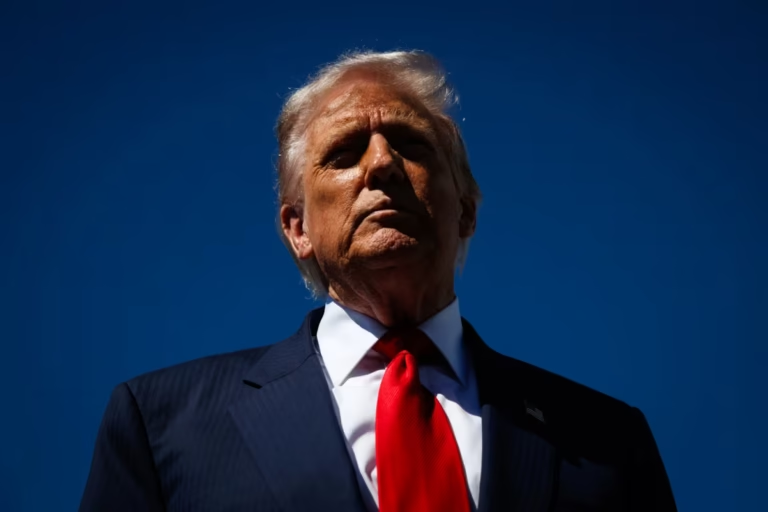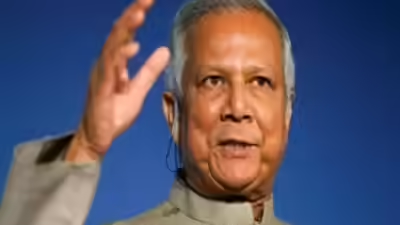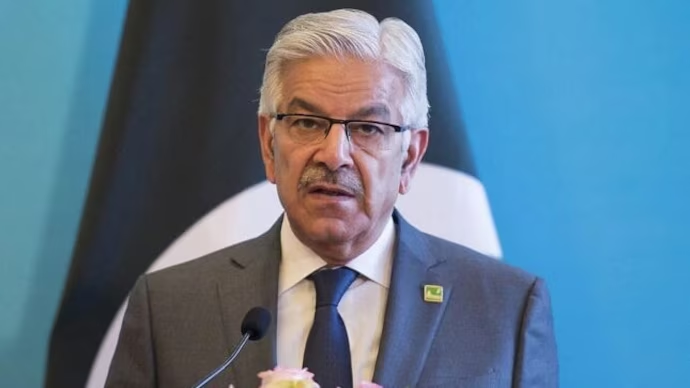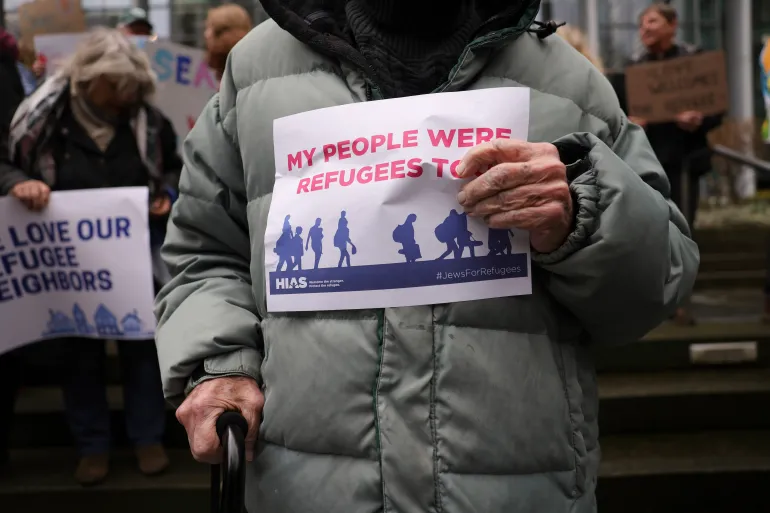
President Donald Trump announced that the United States would set the refugee admissions ceiling for fiscal year 2026 at just 7,500—the lowest level in U.S. history. The White House directive emphasises that the majority of these slots “shall primarily be allocated among Afrikaners from South Africa … and other victims of illegal or unjust discrimination” in their homelands. This dramatic policy shift marks a significant reshape of America’s long-standing refugee admissions programme.
Why the Cap Is So Low & What It Targets
The new limit of 7,500 sharply contrasts with the 125,000 figure that had been in place under the previous administration. The Trump administration’s decision signals its intent to tighten refugee flows significantly and to prioritise a very specific group: white South African Afrikaners. The claim of racial persecution against Afrikaners has been vehemently rejected by the South African government, which says there is no evidence of state-sanctioned targeting of the white minority. International refugee advocacy groups warn this approach undermines the broad humanitarian mission historically associated with the U.S. refugee programme.
In tandem with the cap, the administration will transfer oversight of resettlement grants and contracts from the U.S. State Department to the Office of Refugee Resettlement within the U.S. Department of Health and Human Services, signalling a structural change in how refugee support is managed domestically. Critics argue the move further centralises control and may constrain civil society’s role in resettlement efforts.
READ ALSO: Robust Truce Achieved as Xi–Trump Trade Talks Delay Broader Conflict
Impact and Reactions
Human-rights organisations and Refugee advocates have reacted strongly, calling the policy a dramatic retreat from America’s global humanitarian responsibilities. They point out that while refugee crises persist worldwide , Afghanistan, Sudan, and Ukraine among them , the U.S. is drastically cutting its intake and focusing narrowly on one group. One veteran advocate assessed the shift as “a huge step backward for a programme built to reflect our values.”
Conversely, supporters of the policy argue that the U.S. has the sovereign right to decide which refugees it admits and that prioritising support for groups they believe face discrimination abroad is legitimate. The cap also aligns with broader priorities of the Trump administration to restrict immigration flows and emphasise so-called national-interest criteria for refugee admissions. As the 7,500-slot target takes effect from 1 October 2025 through 30 September 2026, its real-world impacts will become clearer as data on admissions and resettlement programmes is released.

